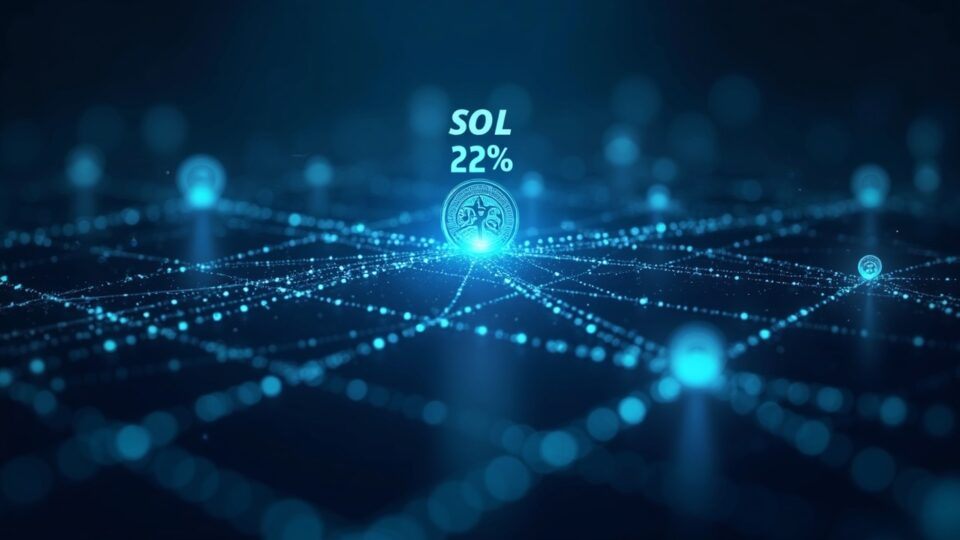The DoubleZero Foundation opened its mainnet beta on 2 October 2025, tying the launch to new token mechanisms and an infrastructure rollout. DeFi services and SOL holders who delegate for liquidity and rewards locked almost 22% of the total SOL supply into staking from day one. The release links the mainnet beta, the 2Z token and dzSOL, while the SEC issued a “no-action” letter stating 2Z is not classed as a security; Dragonfly Capital alongside Multicoin Capital led a $28 million funding round and CoinList will run the U.S. token sale.
The release connects three components: the mainnet beta, the new 2Z token and dzSOL, described as the liquid receipt for delegated stake. A 3.000.000 SOL pool was created to speed deployment of the high performance fibre network and to draw in major participants, with Jump Crypto, Galaxy, RockawayX and Jito among the early operators.
The network plans to cut latency for distributed systems by routing traffic through idle private fibre lines, aiming for faster transaction settlement and higher blockchain throughput. DePIN stands for “decentralized physical infrastructure”: tokenized real world assets such as fibre that tie on-chain rewards to physical links.
Launch, network design and participants
dzSOL is a liquid staking token that tracks delegated stake inside DoubleZero, allowing holders to keep staking rewards while also using the token in DeFi. In the project’s public documents, “The 2Z token is not designed as an investment vehicle, but as a means of access to network resources.” The SEC issued a “no-action” letter on 2Z, stating the token is not classed as a security in that statement, Dragonfly Capital next to Multicoin Capital led a $28 million funding round, and CoinList will run the U.S. token sale.
Locking 22% of staked SOL at once could speed security as well as rollout, yet it also prompts questions about stake spread and long-term decentralisation. DzSOL lets users keep staking yield and deploy the receipt in DeFi, which may raise the usefulness of locked SOL.
The “no-action” letter gives partial clarity and could guide other DePIN projects, though final treatment will differ across jurisdictions. If the fibre network hits its targets, validator or node delays may drop, with success hinging on operator uptake and technical integration.
The next verifiable step is the CoinList-run token sale, which reopens the U.S. market and will show public demand alongside how stake and tokens spread across the ecosystem.

